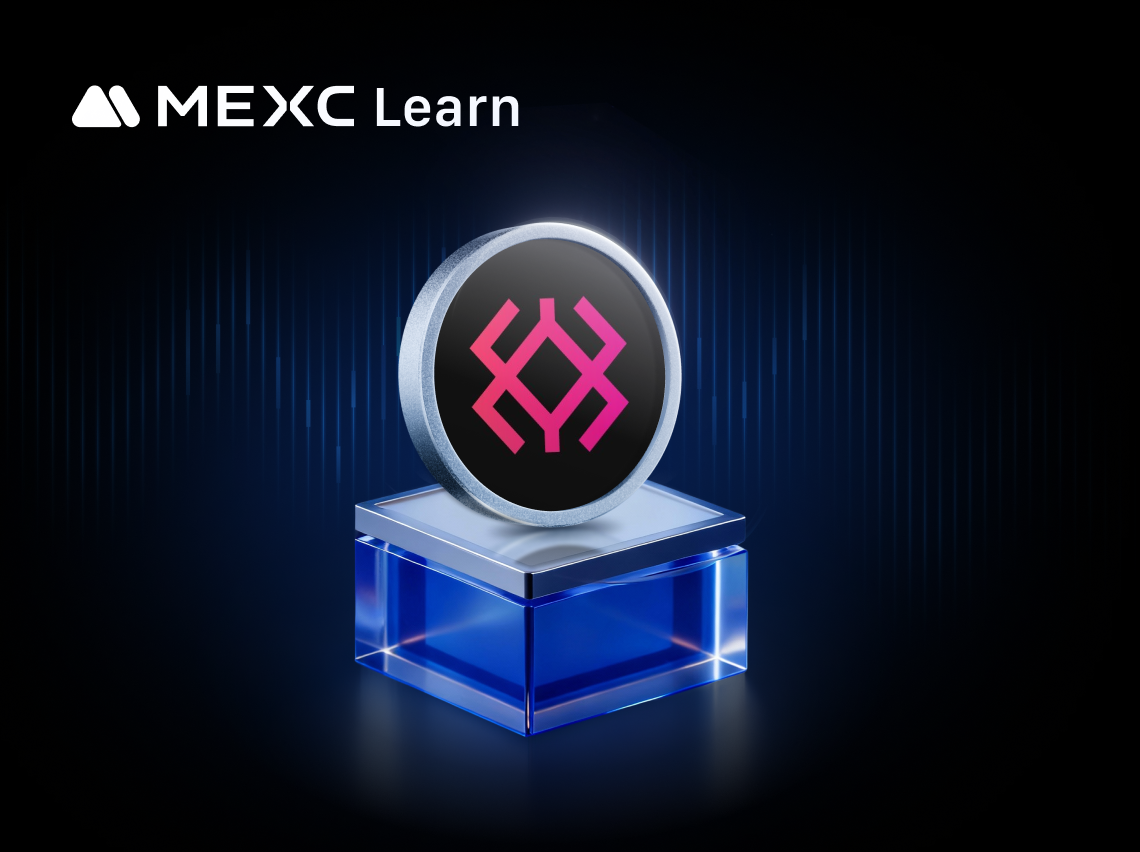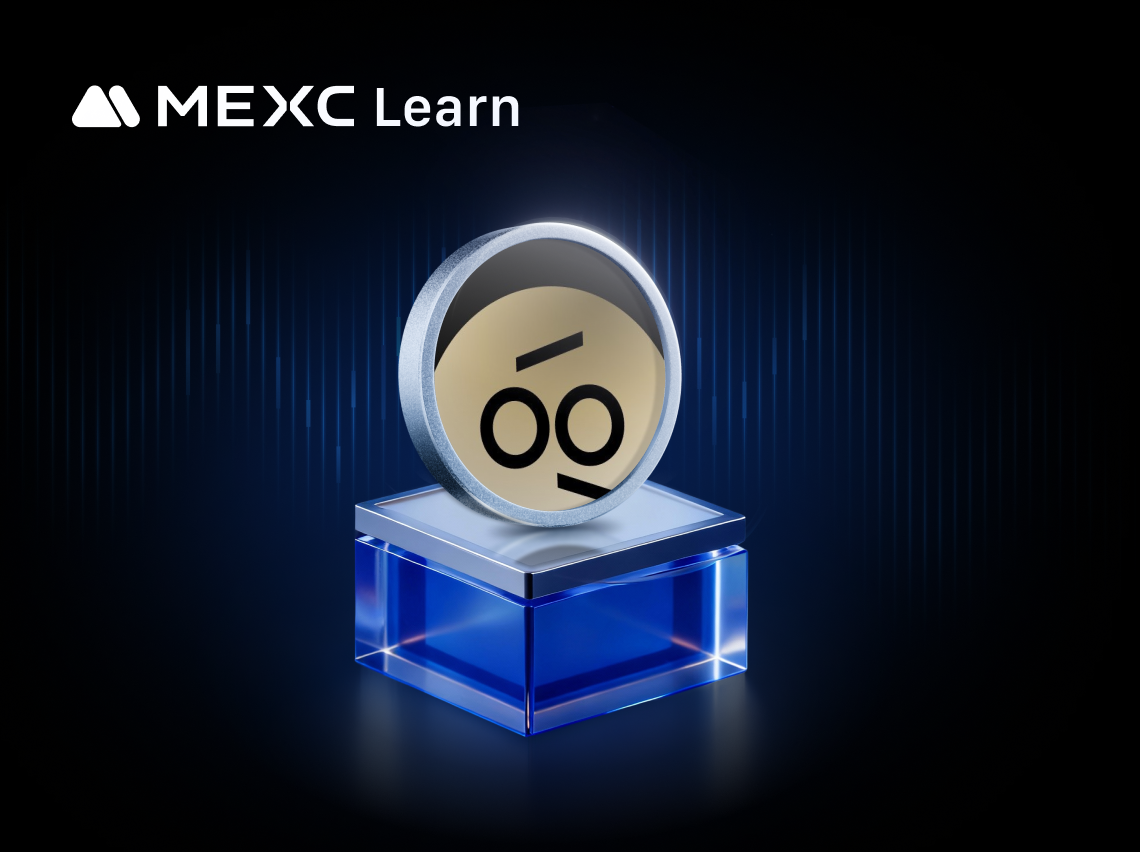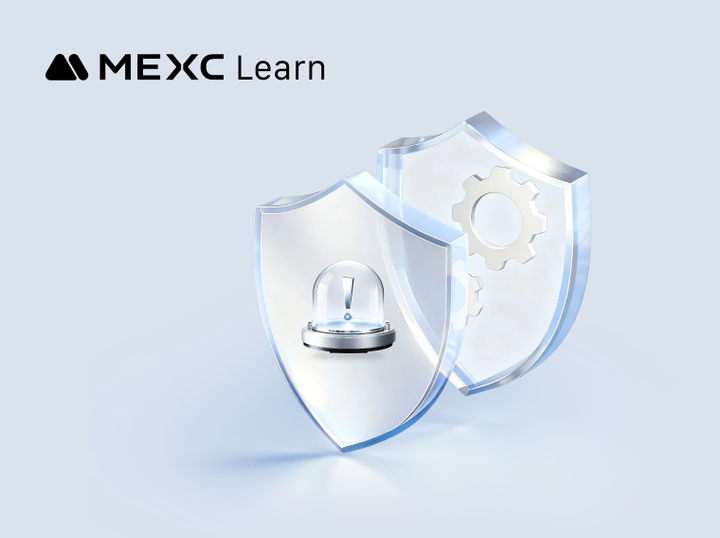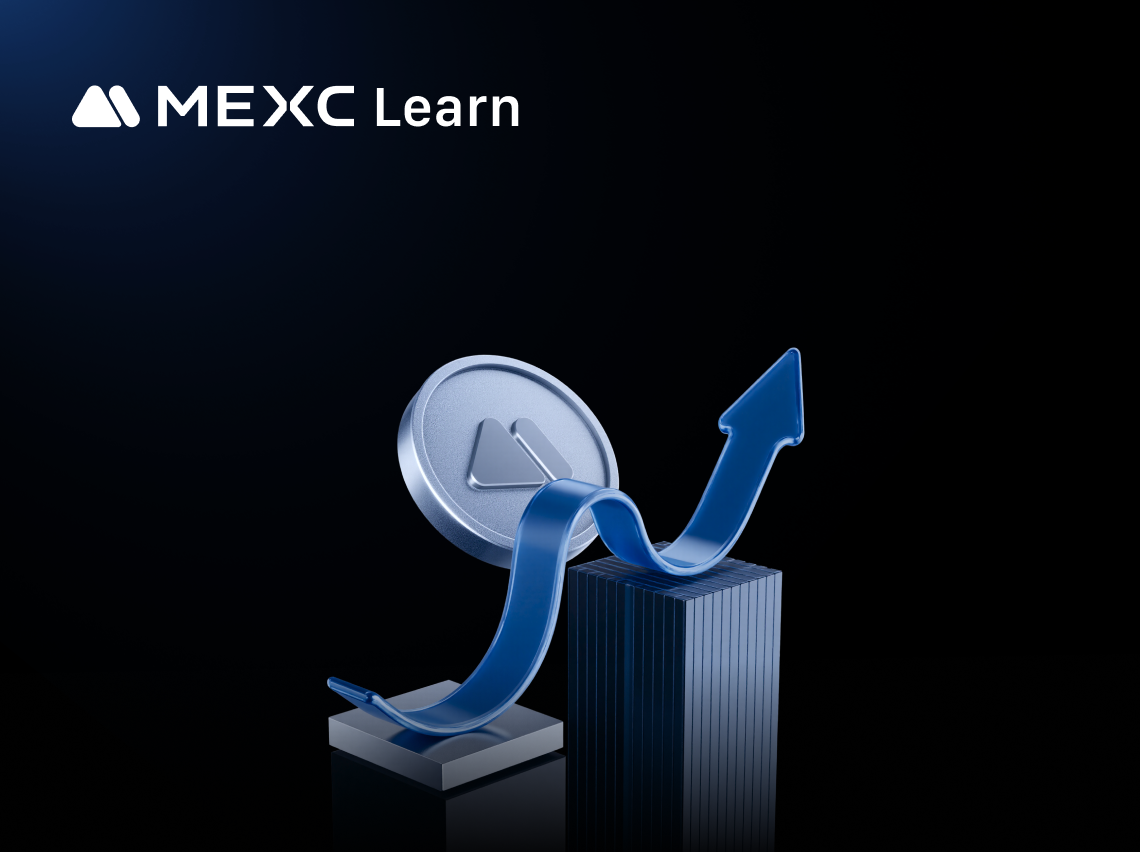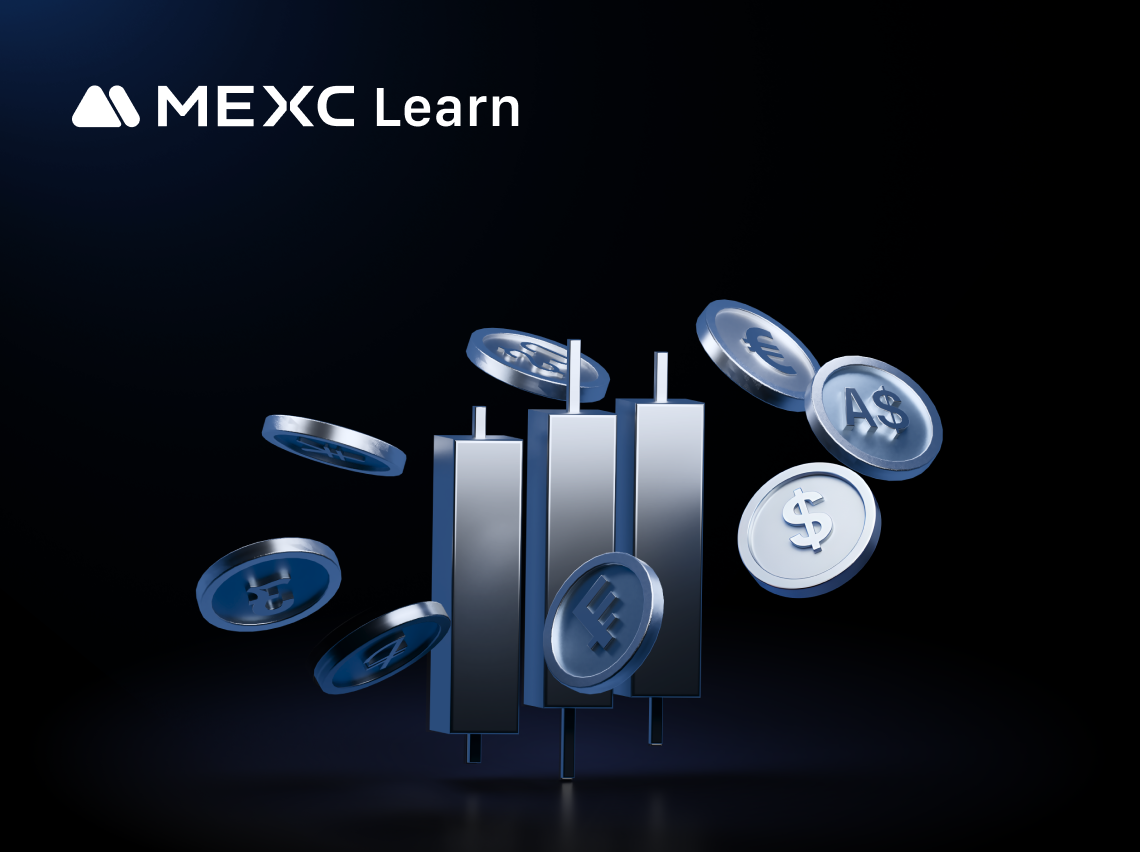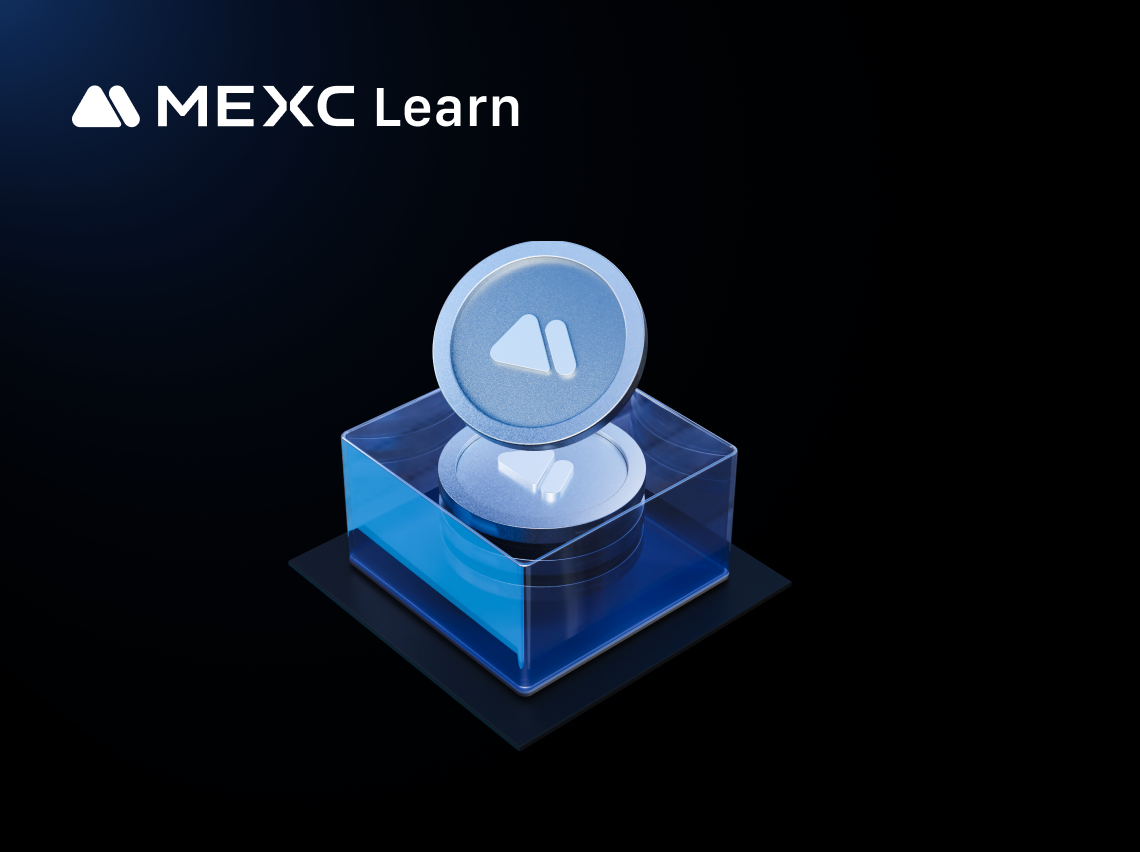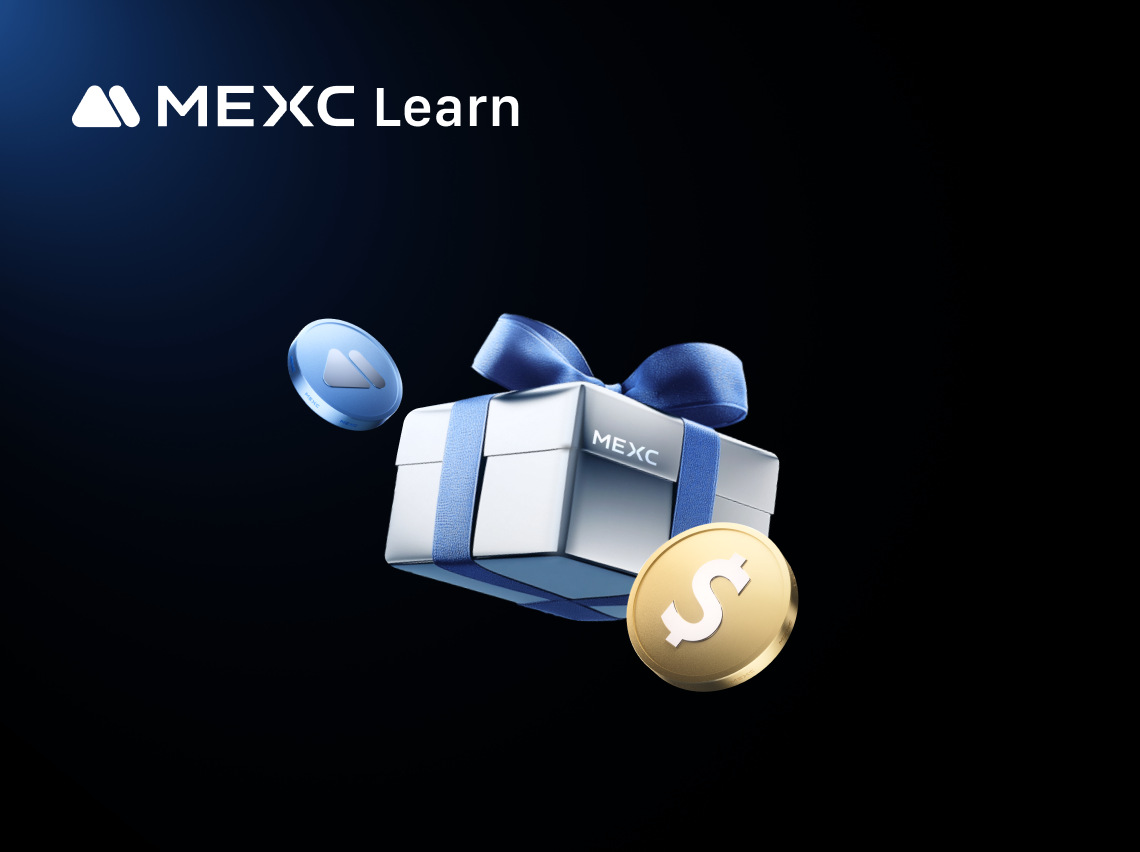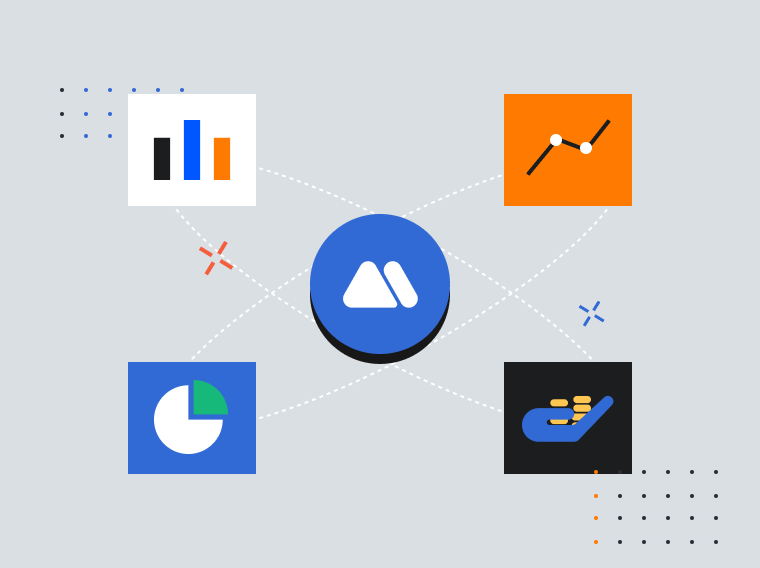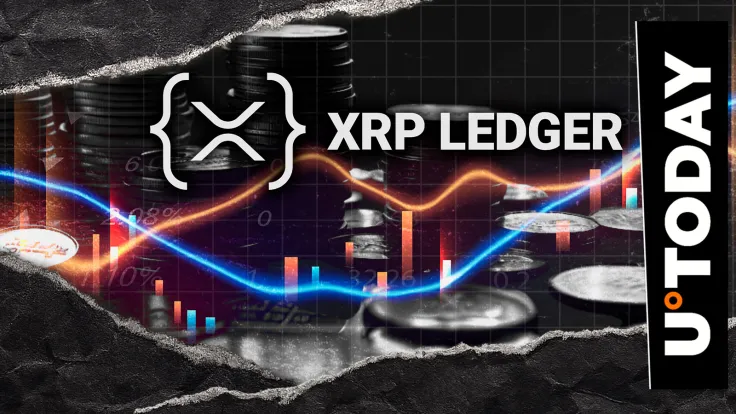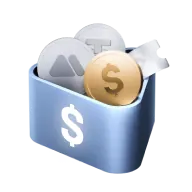NFTs are a type of token with a unique identifier and additional parameters that allow you to store certain information on it. The unique identifier is what makes the token non-fungible. The additional information can be any type of data, such as text, images, audio, and video files.
NFT stands for "Non-Fungible Token," meaning tokens that are non-interchangeable. Unlike fungible tokens such as Bitcoin and Ethereum, each NFT is unique and distinct.
1.1 Homogeneity: As the name implies, fungible tokens are homogeneous and can be traded on exchanges (CEX or DEX). Each NFT, on the other hand, is distinct and can only be traded on NFT marketplaces.
1.2 Interchangeability: Fungible tokens are interchangeable, while NFTs are not interchangeable. For example, if you and I have one BTC each, we can exchange our BTC, and there would be no difference. However, if you and I both have a BAYC NFT, we cannot exchange them because their values, rarity, token IDs, and visual characteristics are not equivalent.
1.3 Divisibility: Fungible tokens can be divided. For example, if the price of one BTC is too high for me to afford, I can choose to buy 0.1 BTC. However, NFTs cannot be divided. If I can't afford an NFT, typically, I cannot buy 0.1 of an NFT. (Note: Fragmentation of NFTs will be discussed later.)
1.4 Liquidity: It's evident that the divisibility of fungible tokens facilitates trading, leading to better liquidity and easier buying and selling. NFTs, being indivisible, have comparatively lower liquidity, and they are generally more challenging to sell immediately.
In 2014, New York artist Kevin McCoy minted the first NFT, called "Quantum," on the blockchain. It is considered the world's first NFT. Although it is one of the earliest, it is not the oldest surviving NFT from a technical standpoint.
In 2015, the NFT project Etheria was established on the Ethereum network. It was a virtual world where players could own land and construct buildings on that land to earn rewards.
In 2017, projects like CryptoPunks, Mooncats, and CryptoKitties were released, which have now become well-known. It was also the year when the ERC-721 protocol emerged and gained widespread adoption. CryptoKitties was the first project to use the ERC-721 protocol.
In August 2020, NBA Top Shot gained massive popularity, and in less than six months, its trading volume exceeded $460 million.
In 2021, NFTs experienced a full-scale explosion in popularity. Digital artist Beeple's NFT artwork "Everydays: The First 5000 Days" was auctioned for a staggering $69.34 million. Following this, various celebrities and artists from different fields like Zion Lateef Williamson, Takashi Murakami, Snoop Dogg, Eminem, Twitter CEO Jack Dorsey, Edward Snowden, Paris Hilton, and many others, released their own NFT projects through various NFT platforms.
In April 2021, the Bored Ape Yacht Club (BAYC) project was launched, and the team later introduced the Bored Ape Kennel Club (BAKC) and Mutant Ape Yacht Club (MAYC). In less than a year, the Bored Ape Yacht Club saw its prices surge to 150 ETH, securing its position as one of the top NFT projects.
In 2021, blue-chip projects like Cool Cats, Doodles, and others were launched.
In 2022, projects like Azuki, Moonbirds, and Goblintown.wtf (Goblintown) were launched. Subsequently, the NFT market began to cool down, entering a bear market.
As of now, the main protocol standards related to NFTs are ERC-721, ERC-1155, and ERC-998.
The NFT project CryptoPunks was built on a derivative of ERC-20 before the ERC-721 protocol existed. As a result, it remains one of the most distinctive NFTs in the field.
ERC-721 was the earliest NFT standard protocol, characterized by each token having a distinct smart contract. Building upon ERC-721, the ERC-721A protocol was later developed, allowing the batch minting of multiple NFTs at once. This means that the cost of minting one NFT or multiple NFTs is relatively similar, reducing gas fees. Azuki is an example of a project that uses the ERC-721A protocol.
ERC-1155 can be seen as a combination of ERC-721 and ERC-20. It allows a single smart contract to manage multiple types of tokens. It also addresses some inherent limitations of ERC-721, such as higher gas consumption.
ERC-1155 is highly efficient, especially when it comes to batch transfers. For instance, it can handle the transfer of 10 NFTs in a single transaction, whereas ERC-721 would require 10 separate transactions to transfer 10 NFTs.
ERC-998 supports composable non-fungible tokens, allowing any NFT to be bundled with other NFTs or fungible tokens. ERC-998 is capable of encompassing multiple ERC-721 and ERC-20 protocol standards within a single token.
NFTs offer numerous advantages to content creators, sellers, and buyers, depending on the platform they're created on. When using NFTs on Ethereum, the smart contracts are automated, meaning that the code within the smart contract cannot be altered once added to the blockchain. Additionally, once the standards are met and transactions are verified, they cannot be changed. This provides security and assurance for both creators and purchasers.
For artists and content creators, blockchain technology and NFTs offer a unique opportunity to monetize their goods and creations. For instance, artists no longer need to rely on galleries or auction houses to sell their artwork. They can directly sell their creations as NFTs to consumers, allowing them to retain a larger portion of the profits.
For collectors, NFTs allow them to prove ownership in the digital world. Prior to the invention of NFTs, it was difficult to prove the ownership or authenticity of digital artworks or collectibles. Through NFTs, investors have genuine ownership of the non-fungible tokens they purchase. When digital assets are tokenized, it creates value as their authenticity and ownership can be proven, allowing them to be traded multiple times.
Every market carries risks, and while the NFT market for digital art and collectibles is rapidly evolving, this doesn't guarantee perpetual safety for investments. Investing in NFTs, like any other investment, comes with unique risks, especially considering that NFTs are still a relatively new concept. Particularly, new users in the cryptocurrency space might lack sufficient experience to assess NFT performance accurately. When investing in NFT virtual assets, the volatility of emerging markets, lack of liquidity, and potential for fraudulent activities are important risks to consider and mitigate.
The valuation of NFTs is heavily influenced by factors such as authenticity, creativity, and the perceptions of owners and buyers. Currently, NFT demand is driving prices rather than underlying fundamentals, technology, or economic indicators. Many related companies might appear promising in the stock market, but the metaverse and NFTs lack substantial business revenue and profits at the moment. Relevant metaverse initiatives are still in their early stages, with research and development expenditures yet to fully mature into a scalable form.
Investing in tokens related to NFT concepts involves tokens that are not NFTs themselves, but rather native governance or utility tokens of various NFT projects (applications), or tokens that provide the foundational infrastructure for NFTs, such as public blockchain tokens.
Currently, there are at least 100 different NFT concept tokens, and the total market capitalization of the top 100 NFT tokens on platforms like Coingecko is $24.8 billion. Users interested in participating can consider visiting the popular NFT token section on exchanges like MEXC to select the corresponding tokens for trading.
Directly purchasing individual NFT assets in the primary or secondary market, such as crypto artworks, collectibles, gaming items, virtual land, and more. The top ten ranked NFT projects primarily focus on areas like crypto collectibles, gaming, and virtual land. You can participate in primary market auctions for major art collectibles or select preferred projects and collect individual items on secondary trading platforms like OpenSea. However, to engage in trading, you'll need to have a wallet, the relevant blockchain tokens, and an account on the platform to conduct transactions formally.
It's important to note that investing in individual NFT assets requires a certain level of artistic appreciation and judgment of art value on the part of investors. Additionally, one needs to assess and measure various dimensions, such as its blockchain foundation, scarcity, time of existence, release schedule, and more. Therefore, this approach more so reflects a form of identity recognition and social attributes, making it more suitable for users who have a genuine interest in and affinity for collecting.
In addition to the methods mentioned above, issuing your own NFTs is also one of the ways to generate income. It's important to emphasize that if you intend to mint your own NFT, you can choose to upload your files on NFT minting platforms such as OpenSea, Rarible, and others, and then mint and issue them. Currently, NFTs support various file formats, including visual formats like JPG, PNG, and GIF, audio formats like MP3, and 3D formats like GLB. Prepare your files in advance, connect your wallet to the platform, and follow the prompts to upload your files. Set the NFT quantity, artwork description, royalty percentage, and other information to achieve your goal.
As mentioned earlier, some NFT prices have reached such high levels that they deter many people from accessing the most popular and sought-after artworks. Sellers looking to sell NFTs also face challenges in finding buyers willing to pay the asking price within a short timeframe, resulting in a lack of liquidity for NFTs.
The purpose of NFT fragmentation is to address liquidity issues by making NFTs divisible, thus enabling more convenient trading. This allows investors with less capital to own a fraction of unique and high-value NFTs.
The fragmented parts of NFTs are considered interchangeable. Since they are fungible, users can trade these fragmented NFT tokens on decentralized exchanges (DEXs) in a manner similar to trading fungible tokens.
NFT fragmentation showcases the integration of DeFi mechanisms with NFTs. As DeFi evolves, certain projects have emerged to explore the synergy between NFTs and DeFi products, such as Uniswap V3.
Uniswap V3 has successfully integrated NFTs into the DeFi space, enhancing capital efficiency, reducing trading slippage, and increasing fee earnings.
In August 2021, Loot was introduced. Loot is a limited series of NFTs composed of randomly generated phrases, with each phrase representing a specific type of equipment. Subsequently, a community formed around Loot to develop related derivatives, aiming to complement and expand on the missing aspects of the Loot metaverse. This includes Adventure Gold (AGLD), maps, pets, songs, guilds, and more.
These NFTs are considered composable components that can serve as parts of larger entities, much like LEGO bricks, available for creators and innovators to build upon.
NFTs are far more than symbols of assets or identity labels. As the world becomes increasingly digital, NFTs represent the gateway to digital ownership in the future. Personal identities and reputation information will become crucial in the digital space, and NFTs are poised to fill this gap, serving as unique identifiers for each individual.

